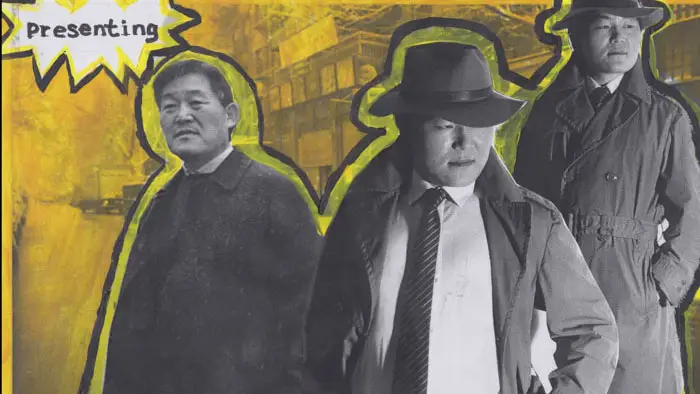
Renowned documentary filmmaker Errol Morris once said, “If you leave people alone and don’t interrupt them, within three or four minutes, they’ll show you just how crazy they really are.” Morris’s career, one lauded by critics and documentary lovers, inaugurated a new era in documentary filmmaking in which documentarians have increasingly inserted personal narratives and philosophies into their films. His seminal film, The Thin Blue Line (1988), combined talking-head interview clips with filmed reenactments—inherent fabrications—of a real-life crime to overwhelming critical acclaim.
Documentaries are meant to grasp at some formation of a measurable reality, but it has become increasingly trendy for directors to self-insert, making unrelated subjects about themselves. Nowadays, documentarians are showing us just how crazy they really are.

Kim’s Video
“…it has become increasingly trendy for directors to self-insert, making unrelated subjects about themselves…”
The Obsessives
There seem to be two modern camps of these insufficient documentarians: the Obsessives and the Egomaniacs. David Redmon and Ashley Sabin, directors of Kim’s Video (2023), belong squarely in the first group. The film chronicles the titular Greenwich Village video rental chain, which, from 1987 to 2014, was home to over 50,000 pieces of physical media. Upon closing, Kim’s Video shipped the entirety of their reserves to Salemi, Italy, with the town promising to preserve the films and open the collection to the public. Cue Redmon and Sabin travel to Salemi to find the lost videos but discover that the town’s promise to Mr. Kim went unhonored. The documentary then unfolds from a discovery quest to a heist as Redmon and Sabin devise a plan to “rescue” the collection.
The documentary does not completely shy away from illegality. It recounts how the filmmakers intently studied art crime and untangling the legal proceedings that ensued after the duo stole the collection—an act that is, moral or not, an international crime. The film mentions the FBI’s regular raids of Kim’s, swiping bootlegged VHS tapes until the next batch materialized in their place, and attempts to investigate how Salemi’s political ties to the mafia led to the collection’s deterioration.
Here is what Redmon and Sabin chose to omit: Beyond having to deal with skyrocketing levels of attitude from staff — “It was a rite of passage to go in there, rent a movie, and get snobbed on by some disdainful clerk,” ex-member Mike Doughty describes in a New York Times Article — being a client meant witnessing regular arrests of those same employees, all of whom were paid below minimum wage. Staff took the fall for Mr. Yongman Kim, the chain’s owner, as they were charged with counterfeiting trademarked goods despite the commands coming from the top. As revenge, employees from clerks to managers to security guards — what kind of video store has a security guard, by the way — would steal rare tapes.
